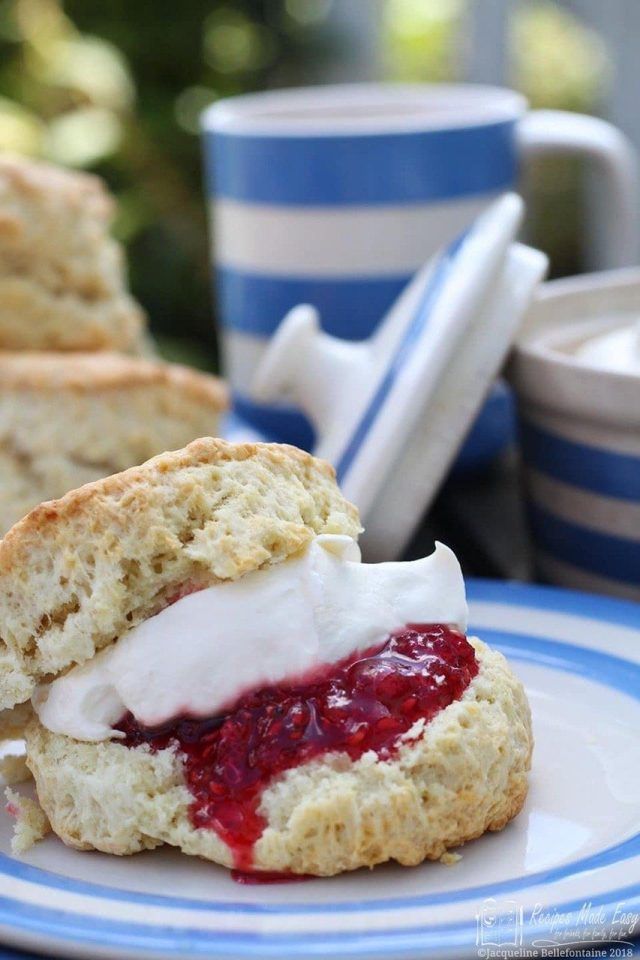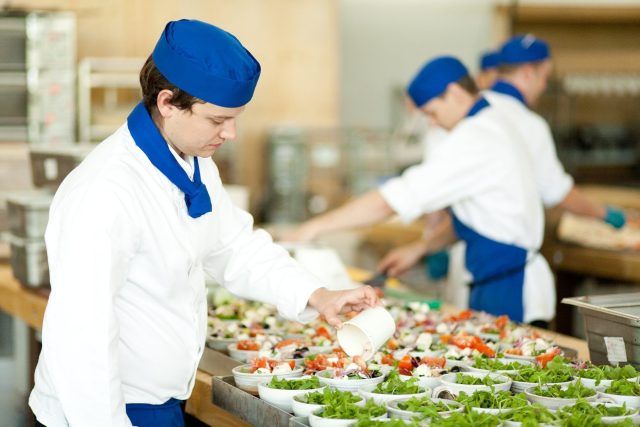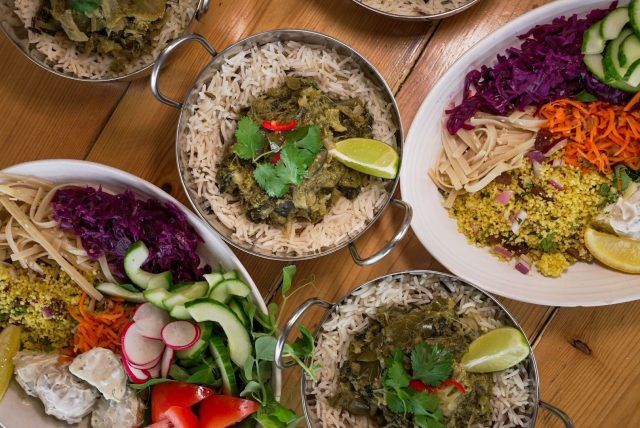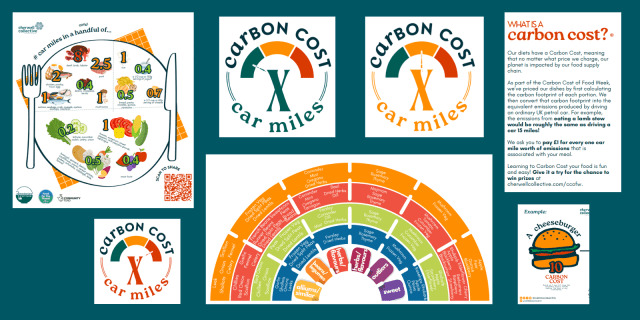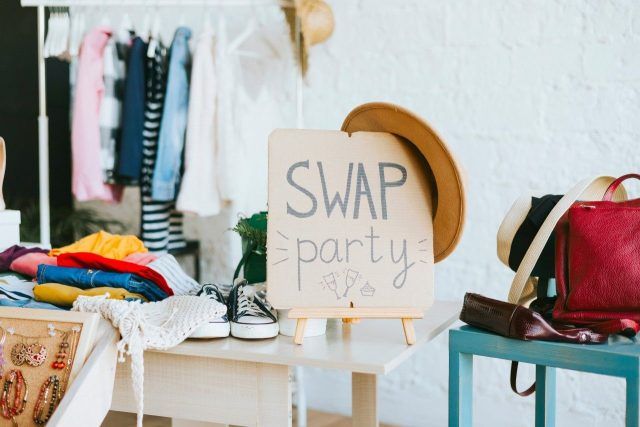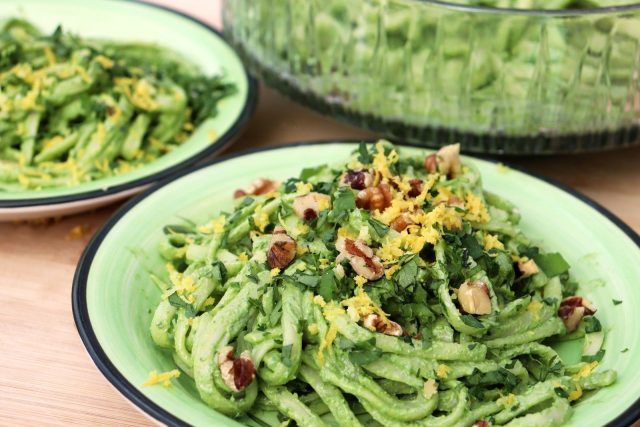Food, planet and community
How to bring your community together with sustainable food that nourishes and supports our planet.
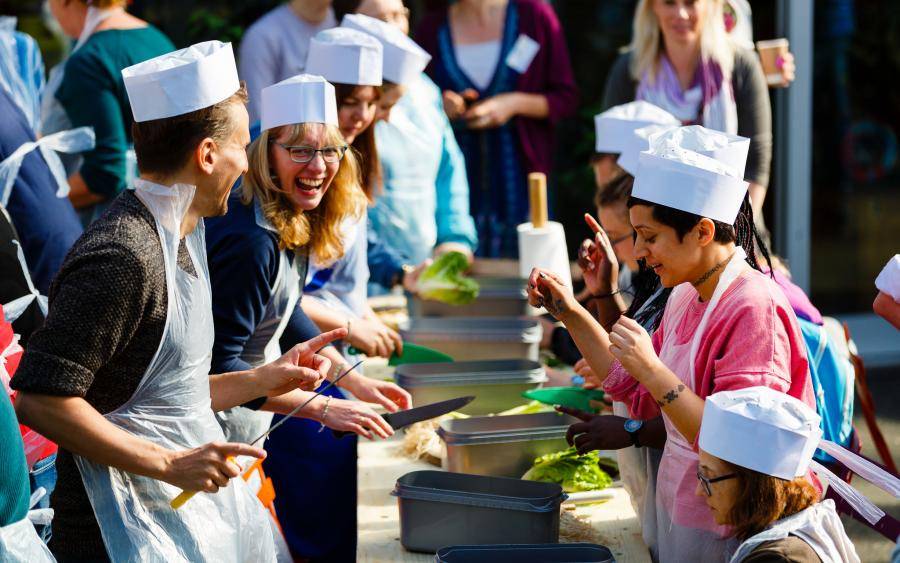
The ancient tradition of sharing food
Food is a basic human requirement, but there’s so much more to it than that.
Food is how we connect with our communities. It brings people together and provides a social framework to share and communicate with others. Humans have shared food around campfires for thousands of years.
In a world where we’re increasingly disconnected from nature, food is a constant reminder of our planet’s fragile ecosystems and the importance of protecting them.
0 %
of UK land is used for food production*
0 million
food parcels distributed by food banks in the UK in 2022/23*
0 % +
of food produced globally goes to waste**
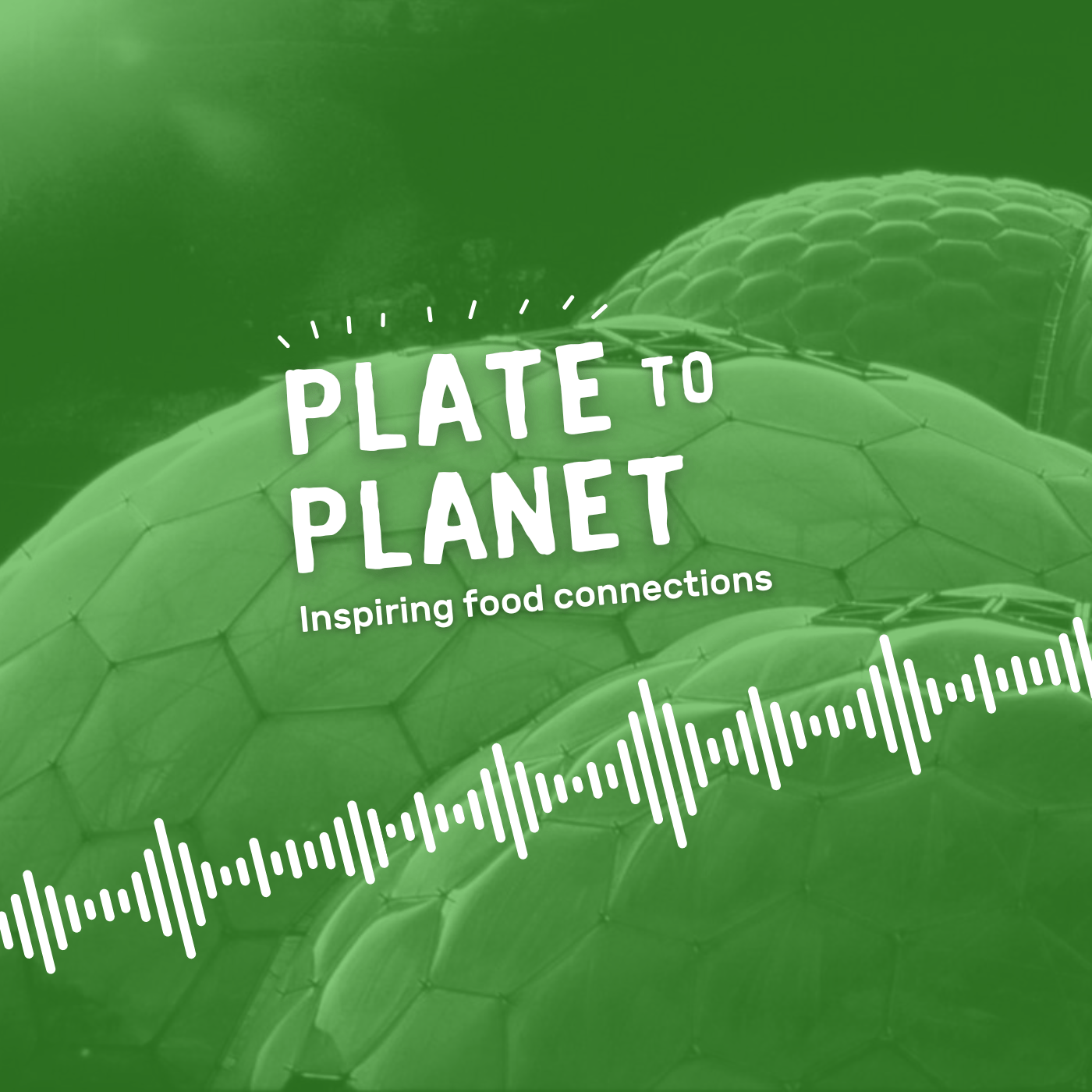
Plate to Planet – inspiring food connections
Listen to our new podcast
What we eat has a big impact on our planet. We’ve brought together the best foodie-minds from Eden and WWF-UK to chew over some of the biggest food challenges we’re facing today and look at how small changes can make a big difference.
So, pop on the kettle, grab a bite, and join us for a conversation that’s both delicious and meaningful.
Listen below, or search ‘Plate to Planet’ on Spotify, Amazon Music or Deezer!
Listen now
Introduction to Community Action course
Jam-packed with workshops, inspirational talks, networking and fun, the Introduction to Community Action course is for anyone interested in making a difference in their community.
Applications have now closed for our next online course, taking place in November. Join our waiting list to find out if places become available and to hear about upcoming courses.
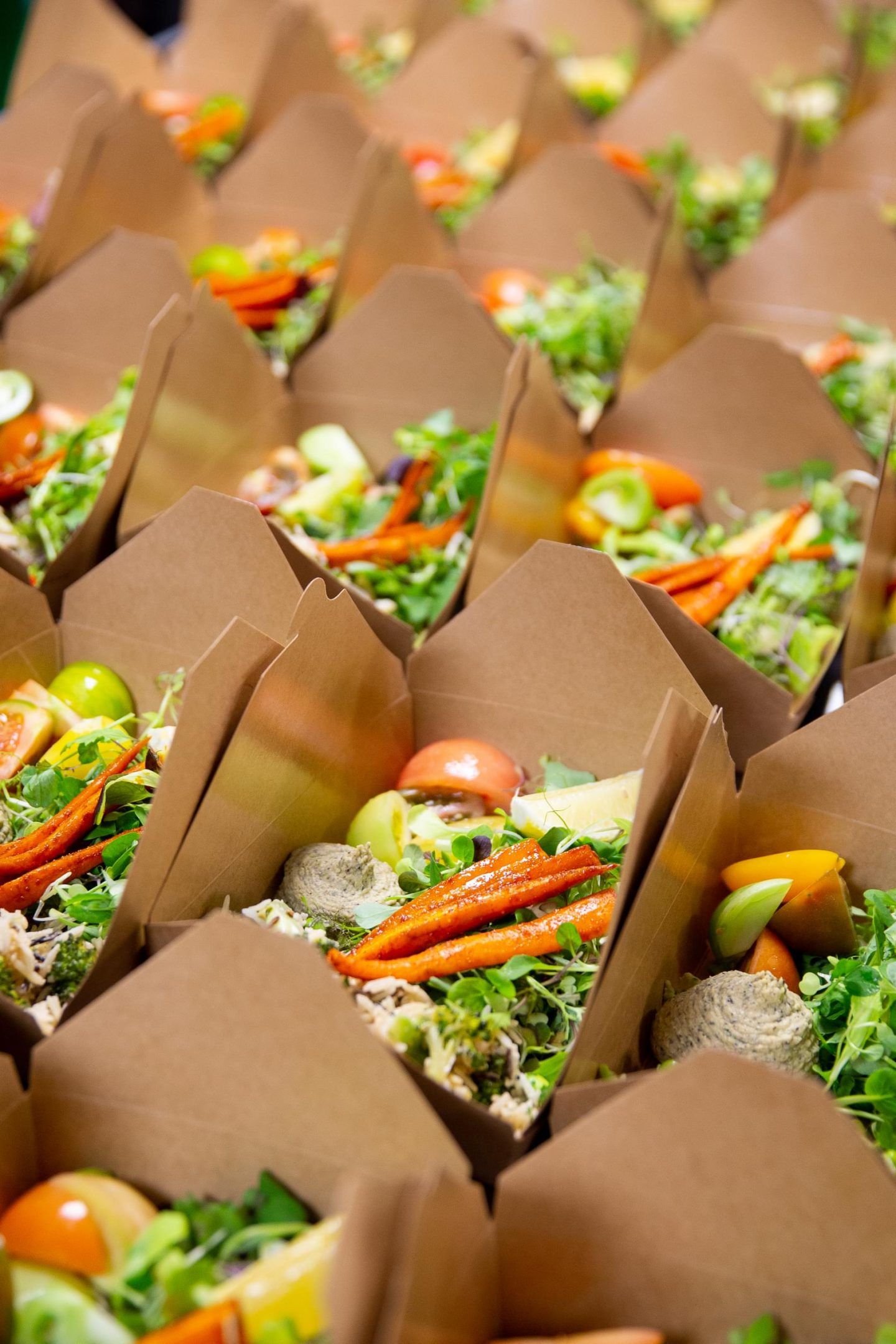
Why does food matter for the planet?
Around 50% of the habitable land on our planet is used to produce food to feed our population. The way that we grow food, by sowing crops, rearing animals and treating land, has a huge impact on the earth. This impact could be greatly positive or very harmful.
Today it’s the leading cause of habitat destruction, biodiversity loss, water pollution and freshwater extraction. But it doesn’t have to be – there are lots of solutions available to us, and new technologies being developed all the time.
Many of these solutions start at home and in your communities. Here’s how you can make a difference through your actions and choices.
Community food projects
Community food projects are all about allowing local people to take control of where their food comes from and connecting them with each other and where they live. A food project gets everyone involved, brings communities together, and creates a sense of local pride.
Ideas
- Community food gardens or community orchards
- Community fridges
- Allotments
- Wild food and foraging
- Community shops
- Making use of food waste
- Food swaps
- Supper clubs
Community is how we create the future we want. We want to make sure everyone is equipped to fight climate change and that we’re all doing this together.
Emily, The Cherwell Collective
Community means coming together to try and make something better and to share love and food and expand your family to include your neighbours.
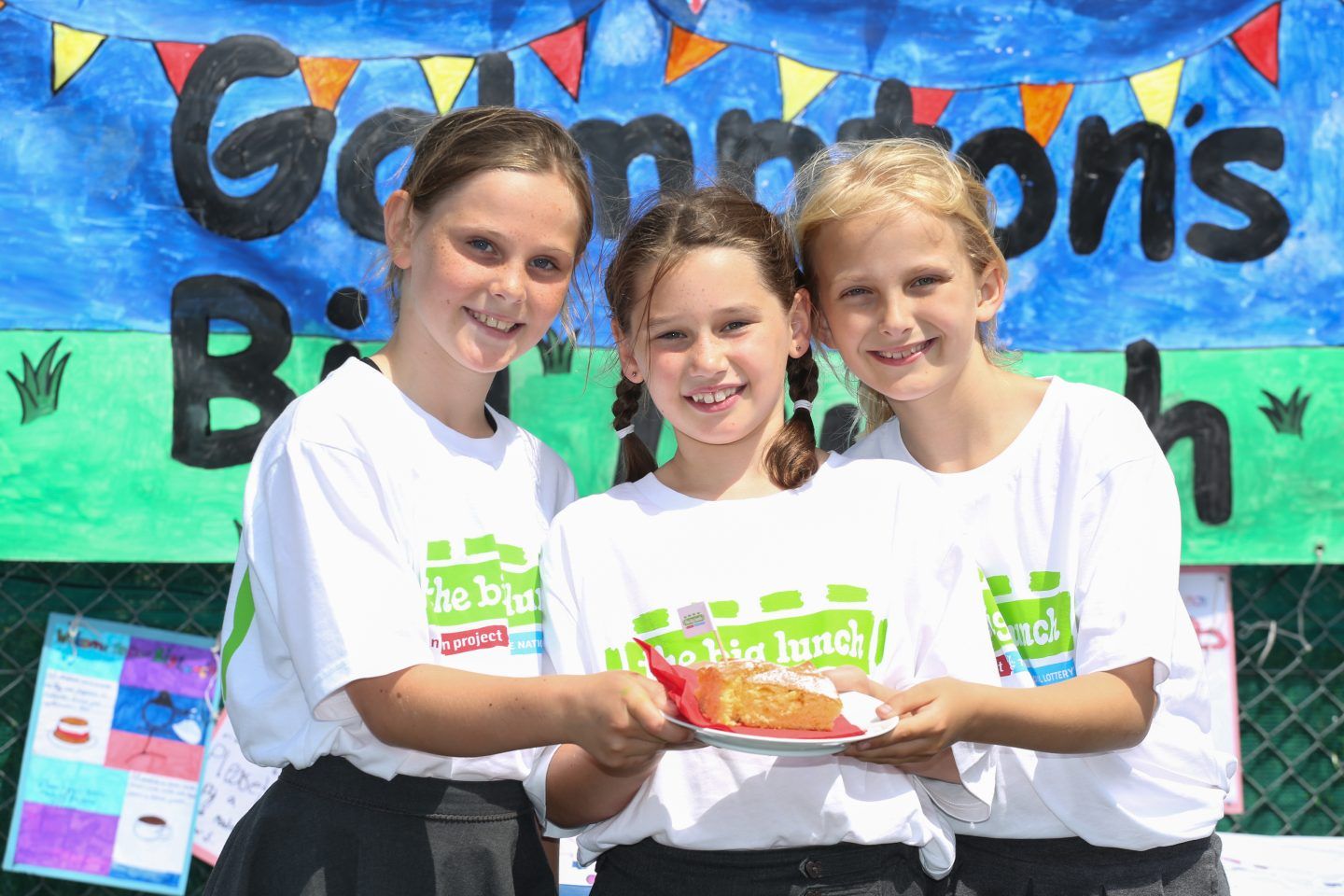
The greenest Big Lunch challenge
Download our lesson plan
We’re working on ideas to make the Big Lunch as green as it can be. To help schools get involved, our education teams have created a simple lesson plan for key stage two to get pupils thinking about what ‘greener’ might look like. Designed to cover several areas of the KS2 Citizenship curriculum, this lively lesson plan will teach pupils about some of the simple actions we can all take to make sustainable food choices.
It’s a perfect compliment to our live lesson from the Eden Project rainforest! Watch the recording to hear a telling of our ‘Rainforest Big Lunch’ story and learn about the link between rainforests, food and The Big Lunch.
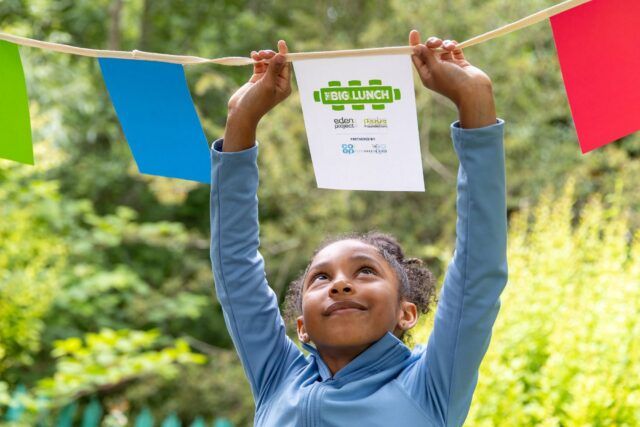
The Big Lunch
Join millions to share friendship, food and fun with a Big Lunch!

Make your community greener
Creating biodiverse spaces is good for people, communities and our planet. Use…
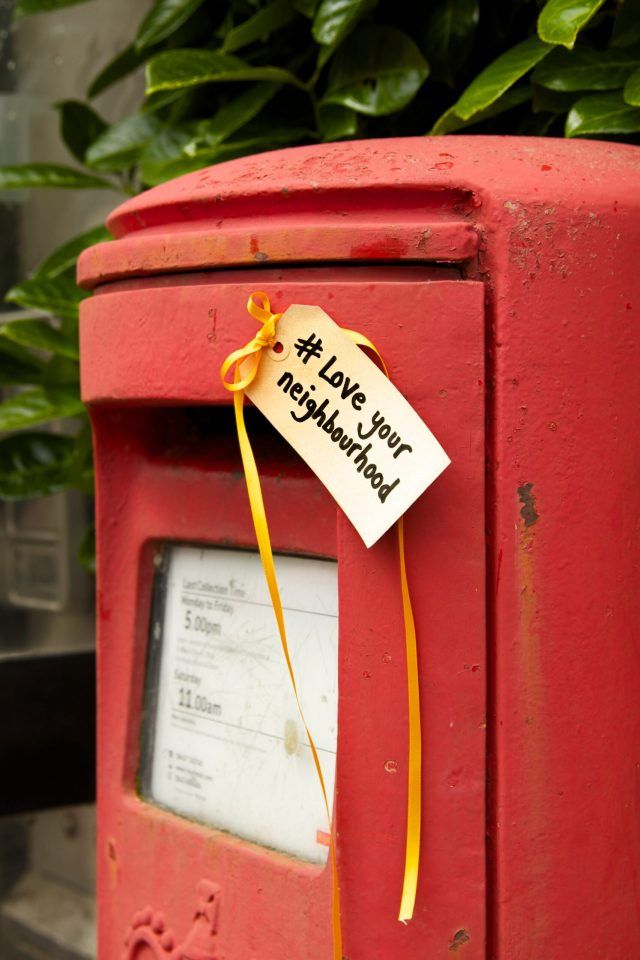
Support your community
If you’re passionate about making a positive impact in your community, why…
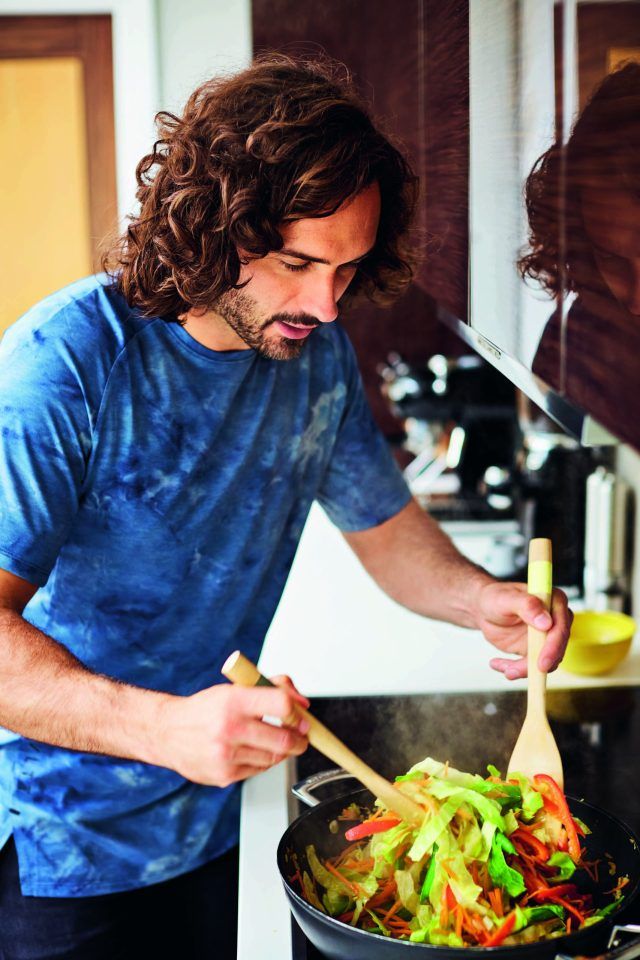
Recipes
Recipe ideas suitable for every occasion, whether you need easy make-ahead recipes…
